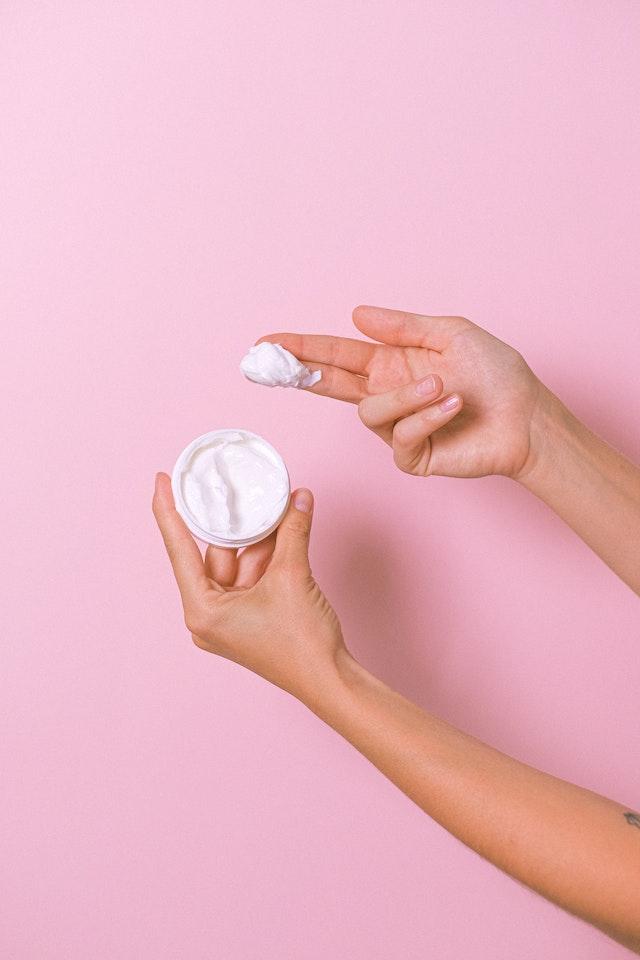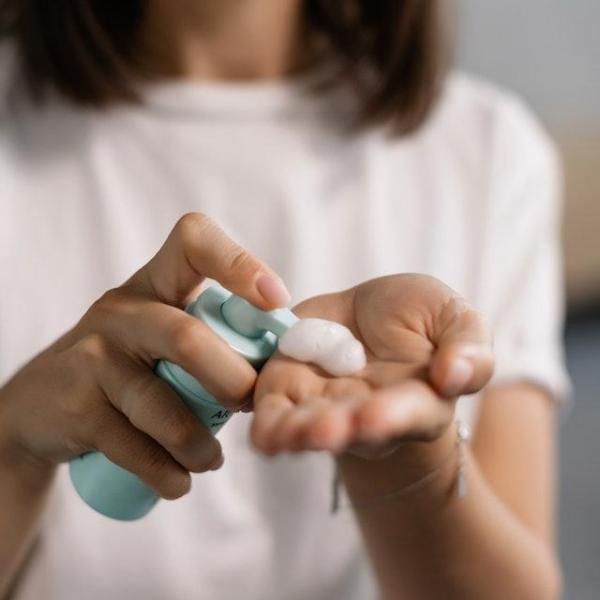In most cases, larger pores are determined by genetics. There are, however, many factors that can make your pores appear larger.
Getting rid of large pores may not be possible, but you can minimize the appearance of enlarged pores.
Reasons For Enlarged Pores
● GenesThe primary determinant of your pore size is your gene. Large pores are common in some families.
● Age
Aging makes your skin lose its elasticity, which causes it to stretch and sag, resulting in larger pores. The thickening of your skin also results in minuscule skin cells gathering around your pores, giving the appearance of larger pores as you age.
● UV damage
Large pores can be caused by years of sun exposure. The skin can become thicker due to sun damage, resulting in bigger pores. Sun exposure can also strip your skin of collagen, elastin, and water, causing your pores to sag and look bigger.
● Blocked pore
Pores may appear larger than usual when oil and dead skin cells gather in them.
Best Ways To Minimize Large Pores At Home
1. Clean Your Face Daily
Wash your face up to twice a day, or more if you play sports or sweat a lot. Using lukewarm water, gently apply a cleanser with clean fingers. Choose a gentle cleanser that isn't too rough and doesn't have any alcohol in it. Don't scrub or rub the skin, and use a clean towel to pat the face dry. This will help get oil and dirt out of your pores and make them less noticeable.2. Exfoliate Regularly
It is important to exfoliate to get rid of dead skin cells present in the outer layer of the skin. Exfoliation also makes the skin brighter and smoother. You won't see your pores stretching out and looking bigger if you remove dead skin cells routinely.Exfoliants come in two types:
● Physical exfoliators:
These cleansers have tiny scrubbing particles you can feel with your hands. Face scrubs help remove dead skin cells from your face by buffing and sloughing them away with granule-filled formulas.
● Chemical Exfoliators:
AHAs and BHAs are two subcategories of chemical exfoliants:
Alpha Hydroxy Acids generally come from natural sources such as sugar cane glycolic acid, milk lactic acid, apple malic acid, citrus citric acid, and grapes tartaric acid. We can use these acids to enhance our skin's natural moisture levels, reduce wrinkles and fine lines, smooth rough skin texture, and improve dull, uneven skin tone because they are water-soluble. Salicylic acid is usually considered a beta hydroxy acid. AHAs are like BHAs but penetrate deeper into the skin and inside the pores.
However, you should not exfoliate your skin too much. Skin can become dehydrated and inflamed if the protective layer of the skin is stripped away. Exfoliation frequency, intensity, or type should be decreased if this occurs.
The type of exfoliator you choose will depend on your skin type.
3. Use Sunscreen
Wearing sunscreen is essential. When exposed to the sun constantly, pores sag and stretch around the edges, making them appear larger.Procedures to Minimize Pores
● Chemical PeelsIt is best to use chemical peels to shrink enlarged pores. Chemical peels can improve the appearance and texture of your skin by removing the damaged outer layer. Acid and acid concentrations are essential in determining the peel type. A chemical peel's depth depends on the desired outcome (light, medium, or deep). The best peel will be determined by your dermatologist based on the characteristics of your skin.
● Microdermabrasion
The process of microdermabrasion involves the resurfacing of the skin. A mechanical exfoliation removes the dead skin cells on the face's surface in order to reveal more youthful-looking skin beneath. It boosts collagen and elastin and promotes healthy skin by stimulating microcirculation and oxygen production through minimally invasive microdermabrasion.
● Micro-needling
Pores can also be reduced with micro-needling. Collagen and elastin are formed in the skin through controlled micro-injuries caused by tiny needles. As the skin repairs, wrinkles become softer, and the epidermis becomes thicker. Micro-needling also creates microchannels for the skin to absorb topical gels, creams, serums, and other products more effectively, improving the deeper layers of the skin.
Conclusion
To prevent breakouts and reduce the appearance of large pores, a variety of treatments are available. Skin care regimens can help improve the overall appearance and health of the skin for many people.Doctors or dermatologists can provide more advice if at-home treatments fail.



